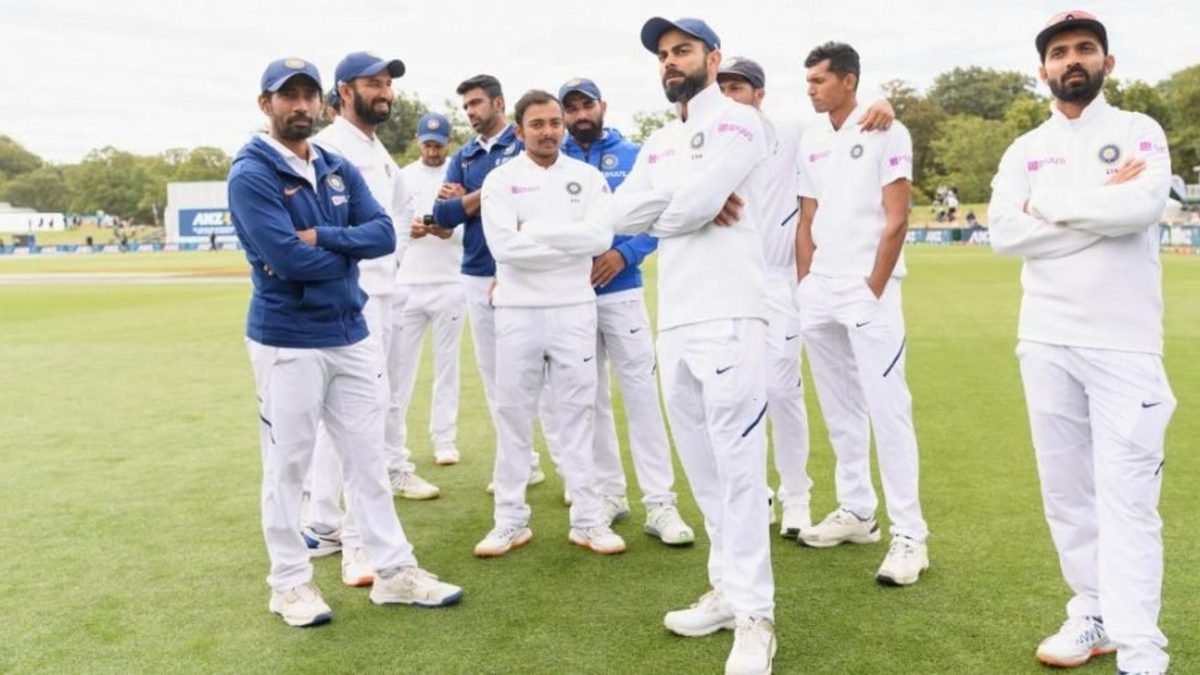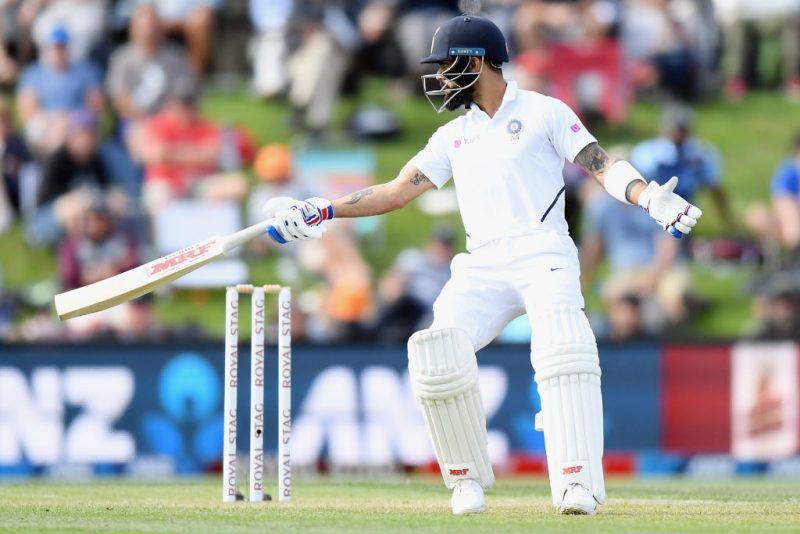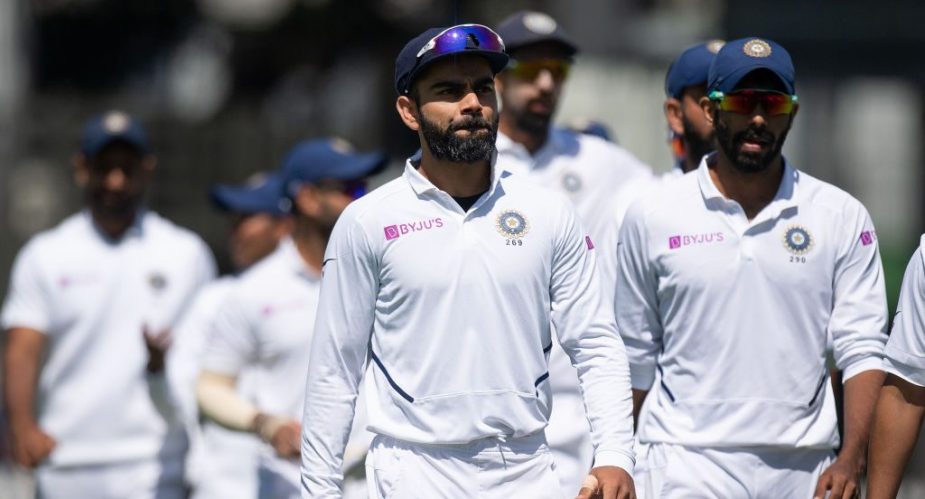
India were steamrolled 2-0 in their Test series in New Zealand, and to many, that was something of a shock. More than the result, it was some of the performances, which was not what you come to expect from India these days.
In the first Test in Wellington, India succumbed to 165 in the first innings, and thereafter, it was all New Zealand, with Kane Williamson’s 89 setting up a 348-run total, before Tim Southee and Trent Boult took nine wickets between them to bundle India out for 191. New Zealand won by ten wickets.
India’s bowlers, for their part, did better in the next Test in Christchurch. But the batsmen once again didn’t impress. They posted 242, again batting first, and then their bowlers did well to get India back in the game, restricting New Zealand to 235. However, India then imploded for 124, and New Zealand knocked off the 132-run target without much fuss.
It wasn’t the sort of performance expected from the No.1 side in the ICC Test rankings, and below, a few flummoxed Wisden writers look at where it all went wrong for the heavyweights.
Manoj Narayan
 The Indian think-tank needs to get back to the drawing board
The Indian think-tank needs to get back to the drawing board
The shock here wasn’t so much as the result as much as India’s inability to compete. When India lost in South Africa and England in 2018, they put up a spirited fight. In New Zealand, India only really did that once – in the first session on the second day in Christchurch, when the bowlers took five wickets. Virat Kohli later said the team’s failure to think positively was his chief concern, that their problems had nothing to do with their skills, but were largely mental.
If that is indeed the case, it’s a trickle-down effect. The decision to play Rishabh Pant for his first Test in six months for his batting acumen, over the established Wriddhiman Saha, who is a more defensive batsman, backfired. The batsmen generally seemed confused on how to approach the innings – batting with ‘intent’ has always been a priority for this management, but that just led to Cheteshwar Pujara and Hanuma Vihari getting out to needless, uncharacteristic shots in the second Test after getting starts.
It was evident among the bowlers too. India yet again struggled to break down lower-order batsmen, perhaps because they drop their lengths when it would be more effective to continue the same plan as against top-order batsmen. The think-tank has work to do.
Akshay Gopalakrishnan
Virat Kohli is human after all.
Here’s @RD_Wisden with the takeaways from New Zealand’s 2-0 series win over India. https://t.co/qrDvECGSTp
— Wisden (@WisdenCricket) March 2, 2020
Looking beyond the obvious, which includes the lack of a swing bowler to optimise the help from the conditions, Virat Kohli’s loss of form, and a general lack of aptitude among the batsmen to tackle swing bowling, it just felt as though India were overly eager to exert their dominance over the opposition.
With a massive gulf between India and the rest of the world in the Test Championship points table, there was almost an aura of invincibility about this Indian team. Asked what his team’s objectives were ahead of the series, coach Ravi Shastri remarked that India wanted to play like the No.1 team in the world, a comment that typified that mindset.
That same attitude was carried on to the field. Pujara excepted, there was a sense of urgency to score among the batsmen, a sort of itchiness to play their strokes. There was a heads-on approach to short-pitched bowling. And there was a feeling that the bowlers were trying too hard to make things happen.
These are attributes that fetched India great success in the home leg of their championship run, but they came at the expense of other, finer adjustments – mental and technical – that had to be made in conditions that were vastly different, against a team that has mastered them.
Aadya Sharma
 India’s over-dependence on Kohli and Bumrah was laid bare in New Zealand
India’s over-dependence on Kohli and Bumrah was laid bare in New Zealand
India’s crushing series loss was another exhibition of how certain familiar issues, brushed under the carpet after every overseas loss, return to bite them.
Their biggest flaw was in the batsmen’s inability to decide on an approach to their innings – they were guilty of either being too defensive, or trying to show ‘intent’ early and losing their wicket cheaply. Against swing and bounce on green tops, India’s obvious technical flaws were ruthlessly exposed, including lack of awareness of the off stump, and their unease in riding extra bounce.
The overdependence on two massive match-winners, Kohli and Jasprit Bumrah, was evident, as their lack of form wasn’t compensated by the rest of the team – Cheteshwar Pujara, Ajinkya Rahane and Mohammed Shami all failed to make a significant mark.
The bowling, impressive in patches, failed to capitalise on key moments, losing their grip after taking the advantage, with the familiar, long-standing difficulty in polishing off the tail resurfacing.
Rishad D’Souza
 New Zealand’s kept their plans simple, but executed them with intensity
New Zealand’s kept their plans simple, but executed them with intensity
The Indian batsmen’s vulnerabilities against swing and seam were laid bare, and with Kohli suffering one of his rare slumps, they had nowhere to hide. Unlike in England in 2018, where the repeated failures of other batsmen were masked to some extent by Kohli’s brilliance.
Credit, however, should be assigned to the New Zealand bowlers for formulating plans, even if only basic ones; they weren’t forced to think out of the box, and when the time came, they executed them with unwavering intensity.
As for India’s bowling, rated one of the best in the world, there wasn’t much room to complain in the second Test. In the first Test, a still rusty Bumrah’s inability to generate the usual level of awkward bounce hurt India a little bit, but he seemed to rediscover his bite in Christchurch.








